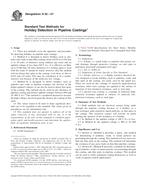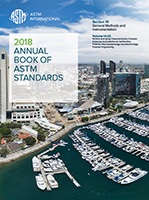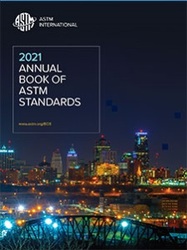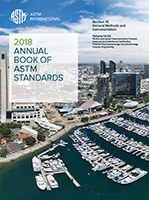Description
1.1 These test methods cover the apparatus and procedure for detecting holidays in pipeline type coatings.
1.2 Method A is designed to detect holidays such as pinholes and voids in thin-film coatings from 0.0254 to 0.254 mm (1 to 10 mils) in thickness using ordinary tap water and an applied voltage of less than 100 V d-c. It is effective on films up to 0.508 mm (20 mils) thickness if a wetting agent is used with the water. It should be noted, however, that this method will not detect thin spots in the coating, even those as thin as 0.635 mm (25 mils). This may be considered to be a nondestructive test because of the relatively low voltage.
1.3 Method B is designed to detect holidays such as pinholes and voids in pipeline coatings; but because of the higher applied voltages, it can also be used to detect thin spots in the coating. This method can be used on any thickness of pipeline coating and utilizes applied voltages between 900 and 20000 V d-c. This method is considered destructive because the high voltages involved generally destroy the coating at thin spots.
1.4 The values stated in SI units to three significant decimals are to be regarded as the standard. The values given in parentheses are for information only.
This standard does not purport to address all of the safety concerns, if any, associated with its use. It is the responsibility of the user of this standard to establish appropriate safety and health practices and determine the applicability of regulatory limitations prior to use.
Product Details
- Published:
- 07/01/2007
- Number of Pages:
- 4
- File Size:
- 1 file , 73 KB
- Redline File Size:
- 2 files , 140 KB






